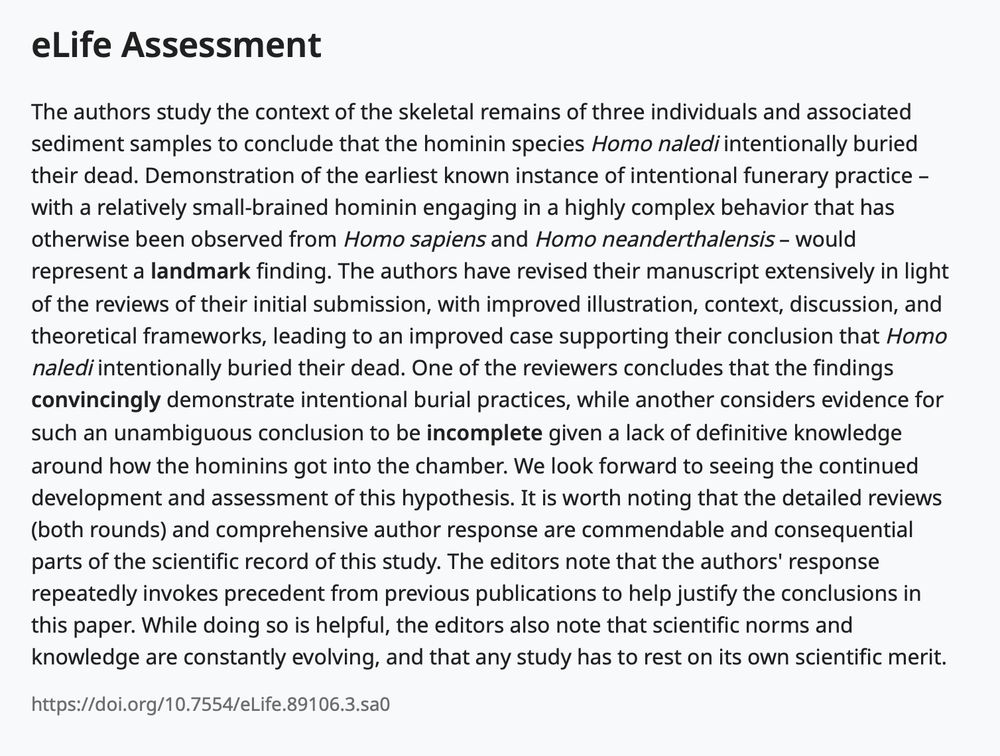JJ
@jjodx.bsky.social
750 followers
310 following
580 posts
Engineer working on motor control/motor learning/aging in the department of Movement Sciences at KU Leuven (Belgium)🧠🧠🧠
Posts
Media
Videos
Starter Packs
JJ
@jjodx.bsky.social
· 2d

Competitive pre-ordering during planning persists in kinematically fused sequential movements
Results in human and non-human primates have shown that elements of a movement sequence are pre-ordered in parallel competitively before execution, a process known as competitive queueing (CQ). Howeve...
doi.org
Reposted by JJ
JJ
@jjodx.bsky.social
· 2d
JJ
@jjodx.bsky.social
· 4d

Adults up to 80 years old maintain effective movement planning when facing complex body dynamics
Aging can significantly impact motor performance, especially in highly complex tasks such as multi-joint movements where the nervous system needs to adequately coordinate mechanical interactions betwe...
www.biorxiv.org
JJ
@jjodx.bsky.social
· 4d

Adults up to 80 years old maintain effective movement planning when facing complex body dynamics
Aging can significantly impact motor performance, especially in highly complex tasks such as multi-joint movements where the nervous system needs to adequately coordinate mechanical interactions betwe...
www.biorxiv.org
Reposted by JJ
Reposted by JJ
JJ
@jjodx.bsky.social
· 15d
JJ
@jjodx.bsky.social
· 15d
JJ
@jjodx.bsky.social
· 15d
Reposted by JJ
Reposted by JJ
JJ
@jjodx.bsky.social
· 22d
JJ
@jjodx.bsky.social
· 25d
Reposted by JJ
Reposted by JJ
JJ
@jjodx.bsky.social
· Sep 8



![Comic. [Two people hiking up mountain] PERSON 1: Okay, we’re nearing the next downhill segment I’ll put in the order. ...Confirming start and end points… Submitted! [water slide being dropped from above by drones] PERSON 2 with long hair: Look, here it comes! [Waterslide positioned on downhill slope of mountain with both people riding down] BOTH: Wheeee [Waterslide carried back into the air] [Both people continuing to hike up next slope] [caption] On-demand waterslide delivery has really improved the whole hiking experience.](https://cdn.bsky.app/img/feed_thumbnail/plain/did:plc:cz73r7iyiqn26upot4jtjdhk/bafkreidm63b6uwkz3637hw7j676gmfr7goembontcnk3vq4dakkqbfvg7a@jpeg)










